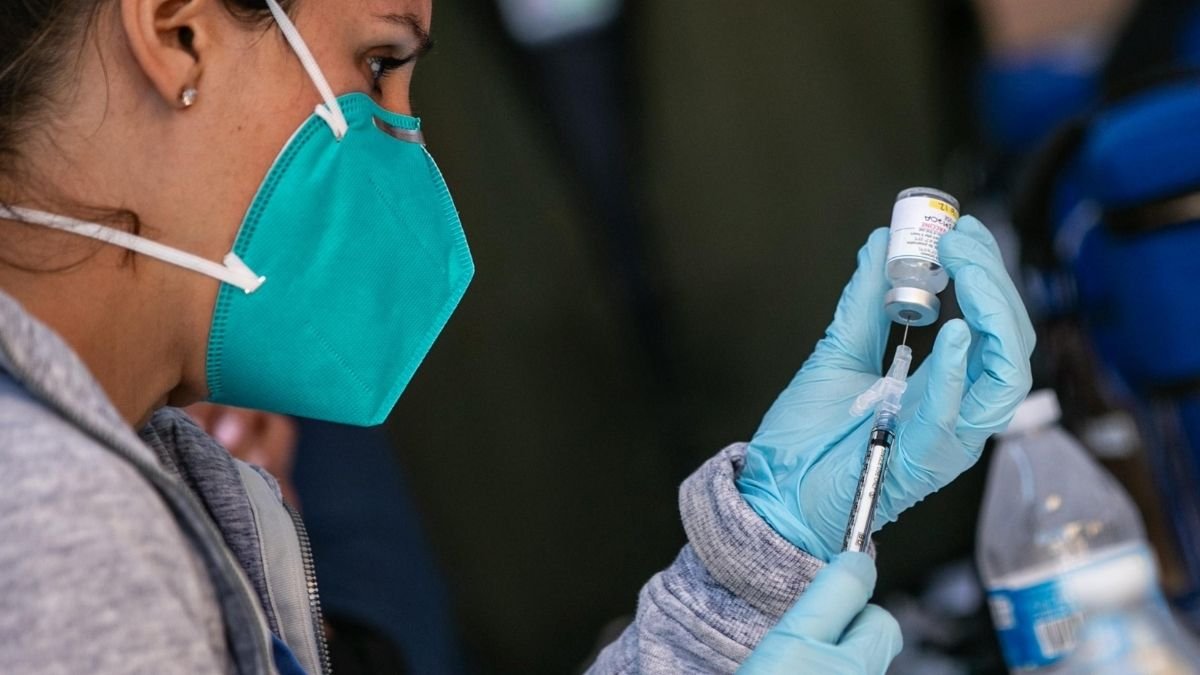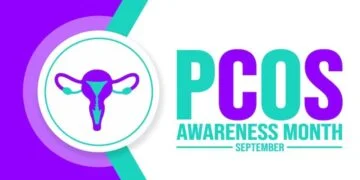Angel, the Nurse As she waits for people willing to roll up their sleeves to get a shot, Ho-king sways her head to the sound of salsa music. Ho-king is one of four people who work at a COVID-19 vaccine table at a health fair in Rampart Village, a predominantly immigrant neighbourhood about ten minutes from Dodger Stadium.
On a recent Saturday, Ho-king and Brenda Rodriguez, a medical assistant, vaccinated 16 people in three hours — far fewer than they had anticipated. Almost everyone who attended the Saban Community Clinic-organized fair was an adult looking for booster shots or a young child getting their first dose (children ages 5 to 11 became eligible for a vaccine late last year).
Interest in COVID vaccines has waned as COVID infections have declined, despite the fact that the shots are highly effective at preventing serious illness and death from the virus.
Vaccination events have become desolate in California’s most populous county, where more than 1.7 million people have not received even one dose. According to the Los Angeles County Department of Public Health, approximately 46,000 county residents received their first dose in March, a 79 percent decrease from January.
Those who remain unvaccinated are more difficult to persuade, telling health care workers and vaccination coordinators that they don’t see the need.
According to a January survey conducted by the Public Policy Institute of California, approximately one in every ten California adults said they will not be vaccinated, a figure that has remained consistent since January 2021, and 86 percent of unvaccinated adults said the omicron variant was insufficient to persuade them. Vaccination mandates are being dropped or rolled back by employers and businesses. And, while proof of vaccination used to provide benefits such as the ability to go maskless indoors, face coverings are no longer generally required in California.
Only two people showed up over four hours for a recent vaccination drive organised by an immigrant advocacy group in Palmdale, near Lancaster in northern Los Angeles County, both for second doses. According to county data, 25 percent of Palmdale residents aged 5 and up were unvaccinated as of April 1, compared to 17 percent of county residents.

Jorge Perez, the vaccine coordinator for Salva Organization, spent a week promoting the event with his team, going door to door, visiting local businesses, and publicising it on social media. “We got 42 people, then 20, then four,” a disappointed Perez said of previous vaccine drives. “It’s now two.”
Perez reduced the number of staffers at vaccination events from five to two in February as crowds began to thin.
“I haven’t been scared,” Araizas, 46, said. “I take vitamins, eat nutritious foods, and exercise.”
Until recently, the federal government reimbursed doctors, hospitals, and other providers for uninsured patients’ tests, treatments, and vaccines. However, on March 22, the Health Resources and Services Administration stopped accepting reimbursement claims for tests and treatments, and on April 5, it stopped accepting claims for vaccinations.
Many uninsured people will now have to pay for tests and other services out of pocket.
Perez hopes that if COVID tests become too expensive for them, people will be more open to vaccines. He reasoned that no one would want to keep paying for tests when they could just get a shot.
In South Central Los Angeles, nurse Roxanna Segovia works at a pop-up vaccine and testing clinic across the street from South LA Cafe. She recently spent 45 minutes trying to persuade a man who had come to the clinic for free tests on a regular basis to get vaccinated.
“He gave me all the reasons he hasn’t been vaccinated, such as his civil rights being violated and Bible verses,” Segovia explained. “His job now requires it, and he claims he’s losing money by missing work while waiting for test results.” He wouldn’t be able to feed his family if he kept going this way, but he wasn’t sure if he was making the right decision.”









































